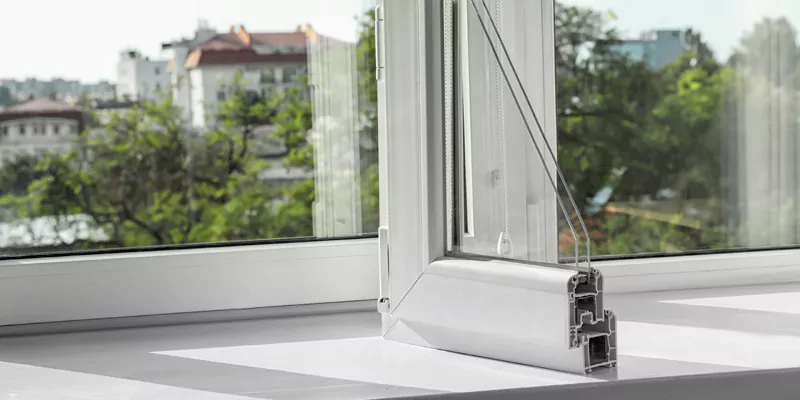Adopting sustainable building practices is a key factor in our pursuit of a greener future. The materials we use should not only enhance efficiency, but also mitigate environmental impact. Unplasticized Polyvinyl Chloride (uPVC), a material used to make windows and doors, has emerged as a popular choice in this regard, since it offers numerous advantages over traditional materials like wood and aluminum. Here we will explore the environmental advantages of uPVC materials, and understand why it is the perfect choice for sustainable structures.
Sustainability Benefits of uPVC
Durable: uPVC is a highly durable & resilient material, therefore the products made from it have a longer lifespan. This reduces the requirement for frequent replacements, thereby reducing the consumption of resources and generation of waste.
Energy Efficient: uPVC is an excellent insulator, thereby improving the energy efficiency of buildings. The energy efficiency of uPVC materials allows them to effectively trap heat indoors during the winter and keep interior temperatures lower in the summer, reducing the energy spent on heating and cooling the building.
Recyclable: Another environmental advantage of uPVC materials is that they are recyclable up to 7 times. uPVC products can be recycled and turned into new products at the end of their lifespan. The recyclability of uPVC materials reduces the demand for virgin materials and minimizes waste.
Low Maintenance: Products made from uPVC require minimal maintenance compared to traditional materials like wood or metal. They don’t rot, corrode, or degrade over time, thus minimizing the use of chemical cleaners or frequent repairs.
Chemically Stable: uPVC is also resistant to corrosion from chemicals and moisture, making it the ideal material for use in various environments and weather conditions, without the risk of degradation. Good quality uPVC products are also lead-free.

Reduced Environmental Impact: The manufacture of uPVC requires less energy and emits fewer greenhouse gases compared to materials like aluminum. Further developments in the manufacturing processes have led to even more reductions in the environmental impact of uPVC production over time.
Water Conservation: uPVC pipes are widely used in plumbing systems due to their resistance to corrosion by water and chemicals. This property of uPVC can help prevent leaks and thereby reduce water wastage over time.
Weight Reduction: Another sustainability benefit of uPVC is that it is lighter than most traditional building materials, this results in lower transportation costs and emissions during the construction process.
The environmental advantages of uPVC materials are clear and conclusive. The energy efficiency of uPVC materials, and their enhanced durability, result in a reduced carbon footprint by uPVC compared to traditional materials like wood and metal.
The recyclability of uPVC materials further strengthens its claim as the ideal choice for sustainable building practices. As the construction industry continues to evolve towards more sustainable practices, uPVC windows and doors stand out as a responsible choice that benefit both, the environment and the residents of the buildings.
NAMO’s modern uPVC windows & doors are proudly made in India, with the highest quality raw materials sourced from Fortune 500 companies, and engineered with cutting-edge German technology.
Product highlights:
Pristine white profiles
High wall thickness
Multi-chambered design
Reinforced with galvanized steel
High-quality hardware
Get in touch with us to give your home the best in style & functionality, with high quality, customized uPVC options for your uPVC windows & doors.

